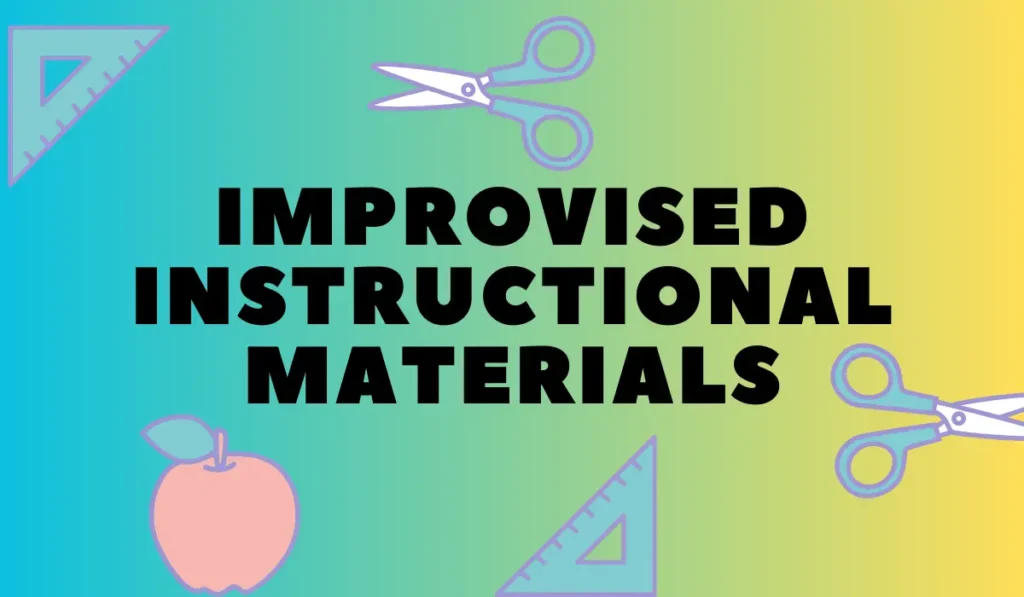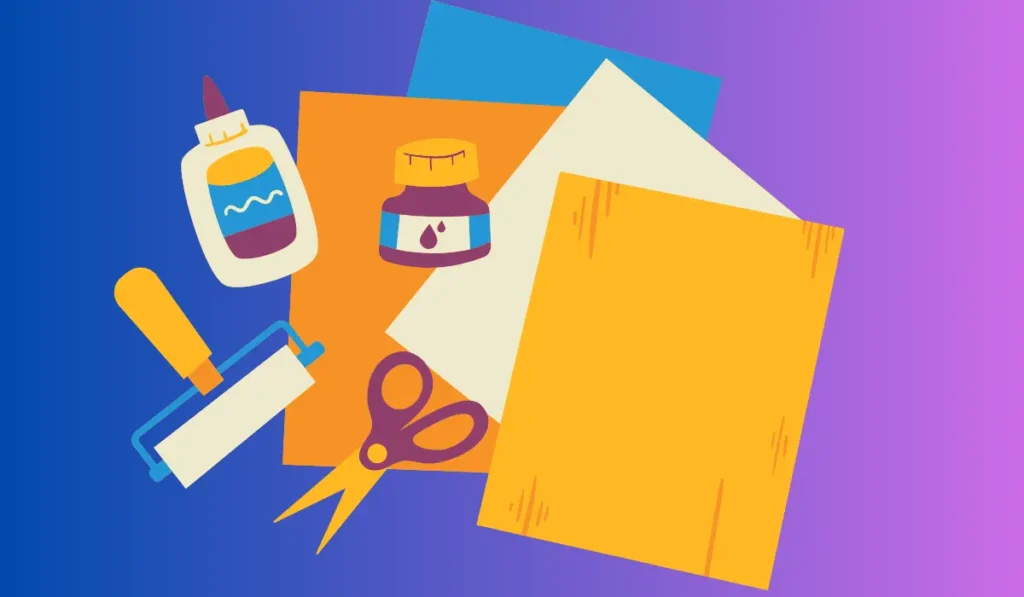Improvised instructional materials refer to educational resources that are created or adapted in a creative and resourceful manner to support teaching and learning.
It can include a wide range of resources such as homemade teaching aids, visual aids, manipulatives, multimedia presentations, and interactive activities.
By utilizing improvised instructional materials, educators can tailor their teaching to meet the specific needs and interests of their students, fostering a more effective and meaningful learning environment.
The Benefits of Using Improvised Instructional Materials
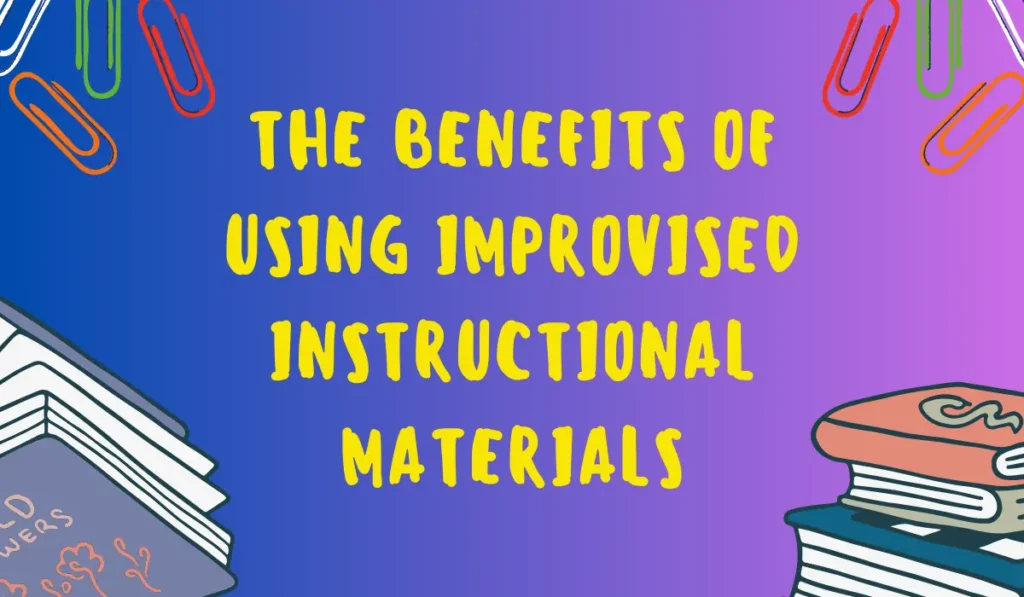
- First and foremost, improvised instructional materials provide teachers with the flexibility to tailor their lessons to the specific needs and interests of their students.
- Improvised instructional materials encourage creativity and critical thinking skills among both teachers and students. When teachers are tasked with creating their own materials, they are forced to think outside the box and come up with innovative ways to present information.
- By engaging in hands-on activities and problem-solving exercises, students develop a deeper understanding of the subject matter and are better equipped to apply their knowledge in real-world situations.
- Another significant is their cost-effectiveness. Traditional textbooks and educational resources can be expensive, especially when considering the constant updates and revisions required to keep up with evolving curricula.
- Improvised materials can be easily shared among colleagues, fostering a collaborative culture where teachers can learn from one another and collectively improve their instructional practices.
- Furthermore, improvised instructional materials promote a sense of ownership and pride among both teachers and students. This enthusiasm is contagious and can inspire students to take ownership of their own learning journey.
- Lastly, improvised instructional materials can be easily adapted to accommodate diverse learning needs and abilities. Teachers can modify and adjust these materials to cater to students with different learning styles, abilities, and interests.
Ways to Incorporate Improvised Instructional Materials in Lesson Plans
One of the simplest yet most effective ways to use improvised instructional materials is through hands-on activities. For example, instead of using traditional flashcards to teach vocabulary, teachers can create their own using index cards and colorful markers.
Another way is through visual aids. Teachers can use objects found in the classroom or even outside to illustrate concepts. For instance, when teaching about the water cycle, a teacher can bring in a clear plastic bottle, fill it with water, and place it near a sunny window.
It can also be used to promote critical thinking and problem-solving skills. This activity not only encourages creativity but also requires students to think critically about how to design a puzzle that is both challenging and solvable.
Furthermore, it can be used to create interactive games and simulations. By incorporating elements of chance and strategy, these games make learning more enjoyable and memorable.
Incorporating improvised instructional materials into lesson plans not only enhances the learning experience but also promotes sustainability. By reusing everyday objects, teachers can reduce waste and teach students the importance of repurposing materials.
Improvised Instructional Materials Enhance Student Engagement
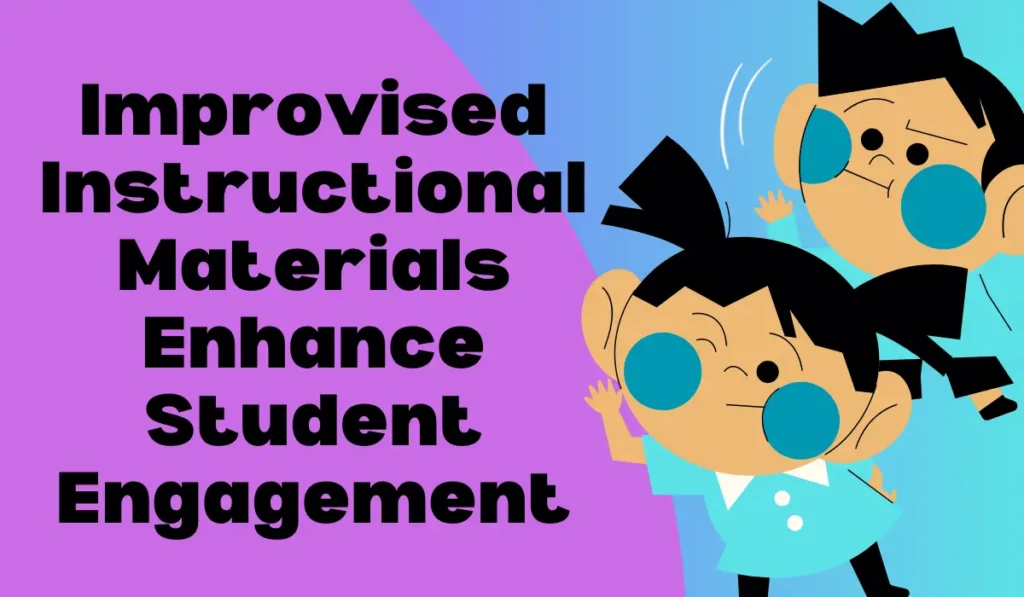
These materials, often created by teachers themselves, offer a unique and personalized touch to the classroom, fostering a sense of creativity and curiosity among students.
Traditional textbooks and standardized resources sometimes feel monotonous and detached from the real world. However, when teachers take the time to create their materials, they can tailor them to the specific needs and interests of their students.
It provides an opportunity for teachers to incorporate real-life examples and scenarios into their lessons. By using everyday objects or situations as teaching aids, educators can bridge the gap between abstract concepts and practical applications.
Another advantage is their ability to foster critical thinking and problem-solving skills. When students are presented with unconventional teaching aids, they are encouraged to think outside the box and find creative solutions.
Improvised instructional materials can help create a more inclusive and diverse learning environment. By incorporating materials from different cultures, backgrounds, and perspectives, teachers can expose students to a wide range of experiences and ideas.
Ways to Use Everyday Objects as Improvised Instructional Materials
One example of this approach is the use of plastic bottle caps as math manipulatives. Instead of purchasing expensive math manipulative sets, teachers can collect bottle caps from their students or local community members.
These bottle caps can be used to teach various math concepts, such as counting, sorting, and basic operations. By using a tangible object like a bottle cap, students can visualize and manipulate numbers, making the learning experience more concrete and meaningful.
Another everyday object is a deck of playing cards. Playing cards can be used to teach a wide range of subjects, from probability and statistics to fractions and decimals.
For example, teachers can ask students to draw cards from a deck and calculate the probability of drawing a certain suit or number.
In addition to math, everyday objects can also be used to teach science concepts. For instance, a simple balloon can be transformed into a science experiment by filling it with different gases and observing the effects.
By inflating a balloon with helium, students can learn about the properties of lighter-than-air gases and the concept of buoyancy. Similarly, filling a balloon with baking soda and vinegar can demonstrate the chemical reaction between an acid and a base.
Improvised Instructional Materials in Different Learning Styles
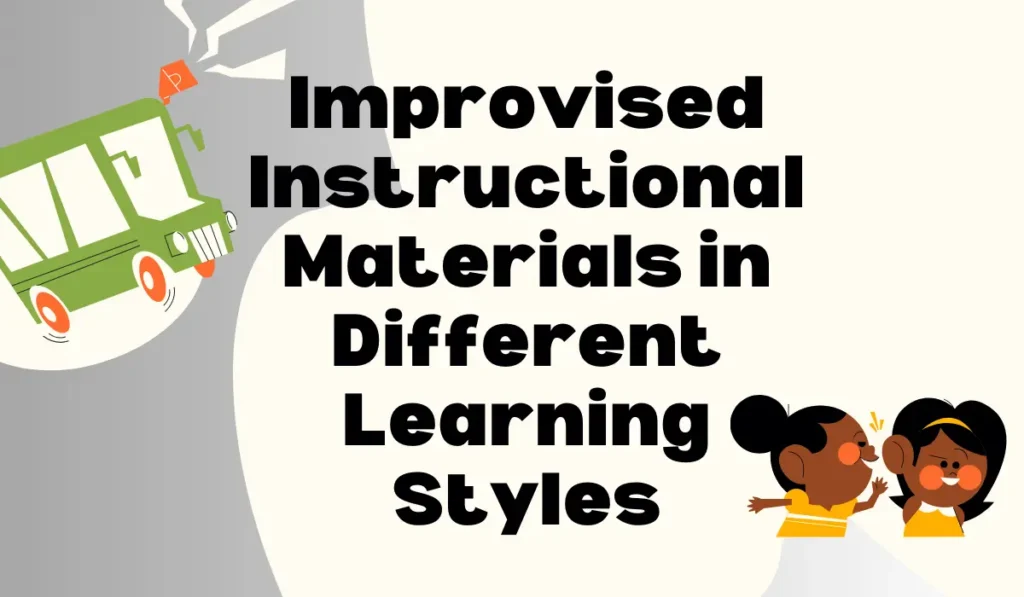
These materials can be highly effective in engaging learners and promoting a deeper understanding of the subject matter.
One of the keys to improvised instructional materials is their ability to accommodate different learning styles. Every student has their preferred way of learning, whether it be visual, auditory, or kinesthetic.
Improvised materials can be tailored to suit these preferences, ensuring that all students have an equal opportunity to grasp the concepts being taught.
For visual learners, improvised materials can take the form of charts, diagrams, or even simple drawings. These visual aids can help students visualize abstract concepts and make connections between different ideas.
Auditory learners, on the other hand, benefit from improvised materials that involve spoken explanations or discussions. Teachers can use storytelling techniques or engage students in group discussions to convey information in a way that resonates with auditory learners.
For kinesthetic learners, improvised instructional materials can involve hands-on activities or interactive exercises. These learners thrive when they can physically engage with the subject matter.
Teachers can encourage kinesthetic learners to participate in experiments, simulations, or role-playing activities that allow them to actively explore and manipulate concepts.
Moreover, it can also promote critical thinking and problem-solving skills. When students are actively involved in the creation of instructional materials, they are more likely to develop a deeper understanding of the subject matter and retain the information for longer periods.
Q&A
1. What are improvised instructional materials?
Improvised instructional materials are teaching aids created using readily available resources or materials found in the immediate environment.
2. Why are improvised instructional materials important?
They provide cost-effective alternatives to traditional teaching materials, especially in resource-constrained settings.
3. What are some examples of improvised instructional materials?
Examples include using everyday objects like bottles or cans for counting exercises, using natural materials like leaves or rocks for science experiments, or creating flashcards from recycled paper.
4. How can improvised instructional materials enhance learning?
They can make learning more interactive, engaging, and relatable to students, as they often involve hands-on activities and real-life examples.
Conclusion
Improvised instructional materials can be a valuable resource in educational settings. They provide flexibility, adaptability, and cost-effectiveness, allowing educators to create engaging and relevant learning experiences for their students. By utilizing everyday objects, technology, and creative approaches, improvised instructional materials can enhance student engagement, promote critical thinking, and support effective teaching and learning.
